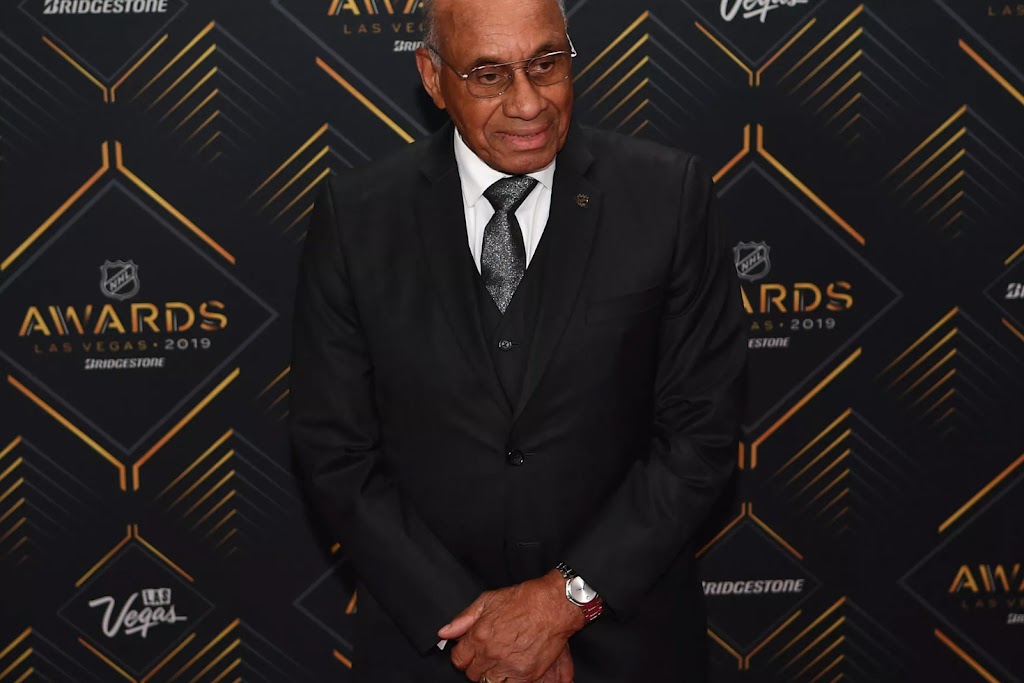
“Willie”, an ESPN Documentary
“In 1958 I broke the color barrier in the National Hockey League. Every game that I played in there were racial remarks directed towards me. They would say the ‘N word’ and they would say you should be back picking cotton and what are you doing in a white man’s game. But I just went out and played.” —Willie O’Ree, from the start of “Willie”, an ESPN documentary.
Last October the critically-acclaimed Bryant McBride and Laurence Mathieu-Leger documentary “Willie” was making its rounds on the festival circuit. Now, in celebration of Black History Month, the duo has announced a partnership with ESPN to air throughout February.
If you only know Hockey Hall of Famer Willie O’Ree from his honorary puck drops at your local NHL arena, it stands to reason you’ll be outraged by a scene in “Willie” detailing a 1961 incident against the Chicago Blackhawks where O’Ree was illegally butt-ended and racially taunted as blood spilled from his split lip and nose. He was subsequently kicked out of the game and was left at a crossroads, wondering about his future. O’Ree used his exile to the locker room to meditate on his future in the game.
 |
| (c) Stephen R. Sylvanie-USA TODAY Sports |
You can see the pain on O’Ree’s face as he tries to remind us that, “names will never hurt you unless you let them.” It was during those private moments in the locker room where the first black player in the NHL decided he wouldn’t let others decide when he should leave the game—and definitely not because of his skin color. He would only leave when his skills weren’t on par with his contemporaries.
The documentary chronicles O’Ree, a hockey star from Fredericton in New Brunswick, Canada from age 15. We discover that he was a fine baseball player who got a half-hearted shot at a professional contract only to be cut due to race. We also discover he is a descendant of a South Carolina slave who escaped to Canada. At some point we discover he’s kept a big secret all of these years: he went permanently blind in his right eye after his retina shattered from a puck to the face. Even Wayne Gretzky gushes how impossible it would be for him to play with one eye. Willie O’Ree overcame everything to succeed: racism, cheap shots, and a disability.
O’Ree’s breaking of the NHL color barrier coincides will the beginnings of the civil rights movement with Dr. Martin Luther King’s words leading the narrative. It’s a tough section to sit through, with archival footage of peaceful Black America protests asking for their constitutional rights while being barked down by German shepherds, fire hoses, and blindside kicks. It is especially haunting as it is juxtaposed to Willie O’Ree’s situation and the flashpoint of racial epitaphs and taunting from NHL players and fans. It leaves you angry that a man, who by all accounts is one of the kindest humans ever created, would be subjected to such vile.
For O’Ree, playing from professional hockey from 1958 until 1980 wasn’t enough to distance himself from racism. Threats followed him even after the NHL hired him as its first diversity ambassador. The documentary tells the sad tale of someone threatening to blow up MCI Center during an event with children in Washington D.C. saying their blood would be on his hands.
We are visited by Devante Smith-Pelly, who was showered by racial slurs while in a United Center penalty box, and Wayne Simmonds who endured the humiliation of a banana peel being hurled at him while on the ice. Both point to O’Ree as their inspiration to overcome these societal horrors. Lou Vairo, Director of Special Projects, USA Hockey, confirms that, “He’s [O’Ree] inspired a generation of hockey players.” The chills start to mount as the call from Lanny McDonald of the Hockey Hall of Fame comes in. Seeing that moment alone is worth watching the documentary.
You might be able to explain some of this away if some of it didn’t happen as recently as 2018. Unfortunately racism in North America is alive and well, but with more people embracing Willie O’Ree’s philosophy of kindness and perseverance, humanity still has a chance.
For this reason alone, “Willie” is a cherished film — a long overdue, solemn big-screen documentary about one of the most important builders and culture changing pioneers of the 20th century.
How to Watch
The film will be available through the month of February on ESPN.com and the ESPN App and had four airings on ESPN2.
O’Ree’s Hall of Fame Speech
Note: This article originally appeared under my byline on Jewels From The Crown.



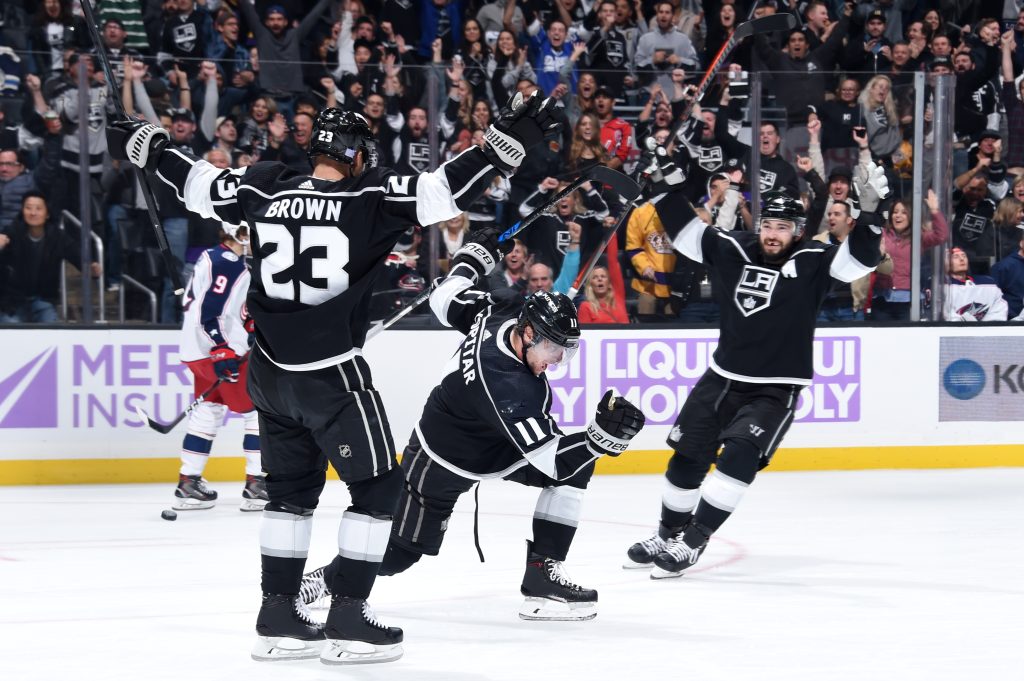
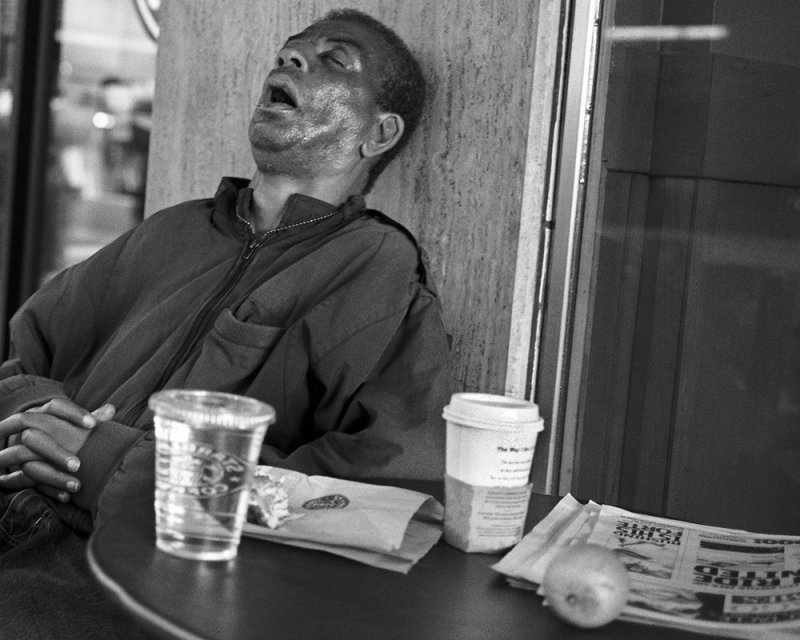
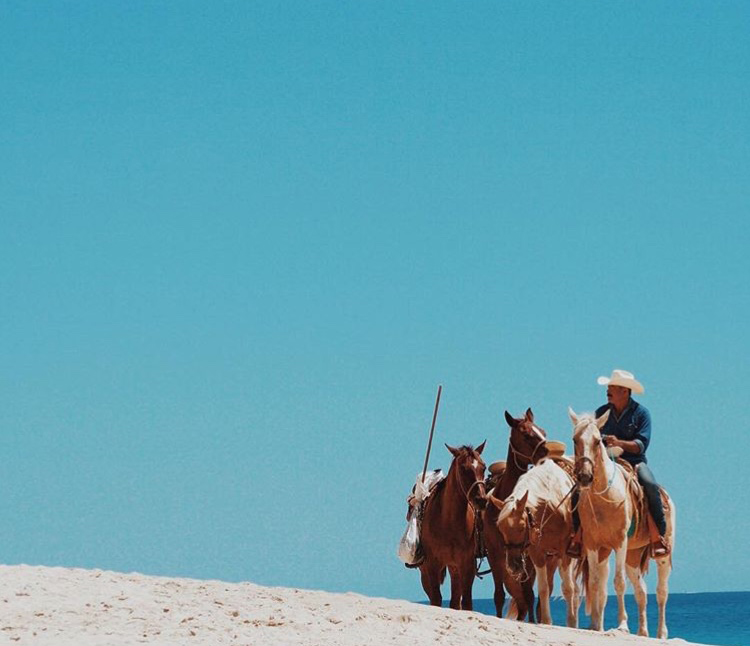
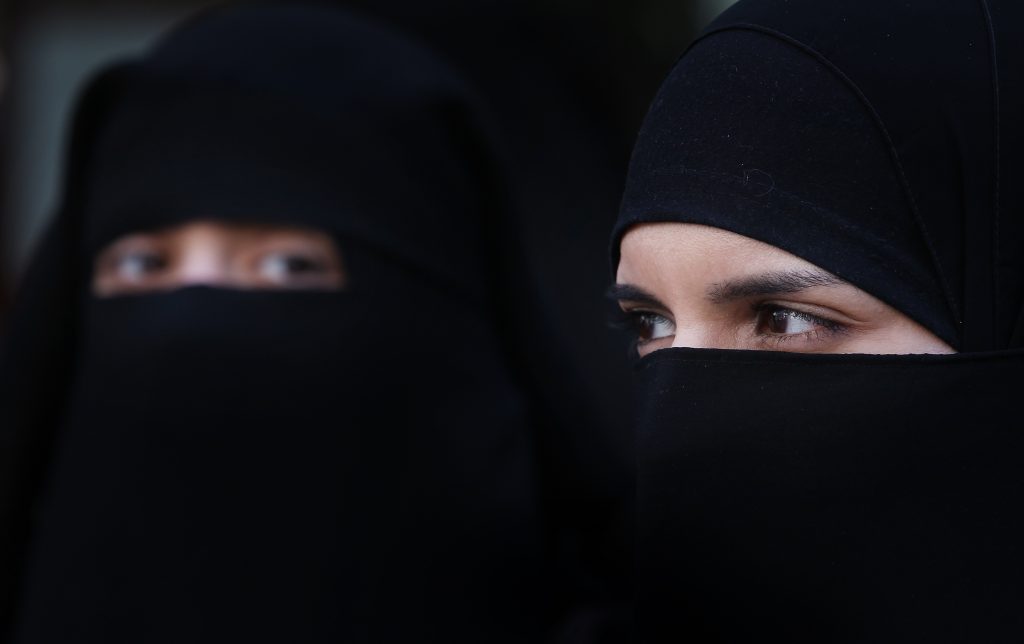
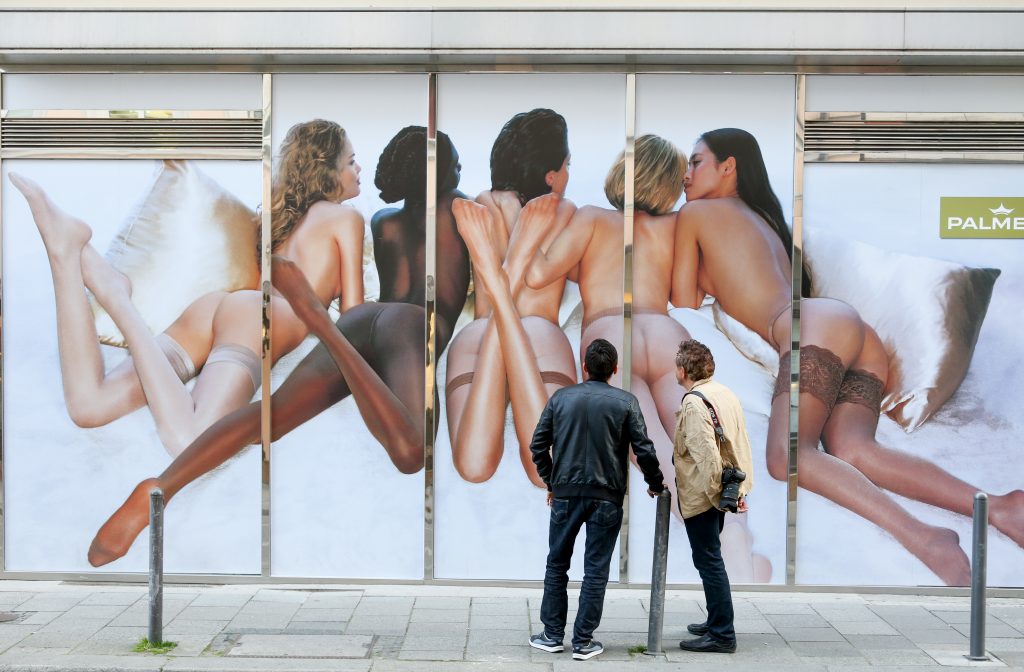

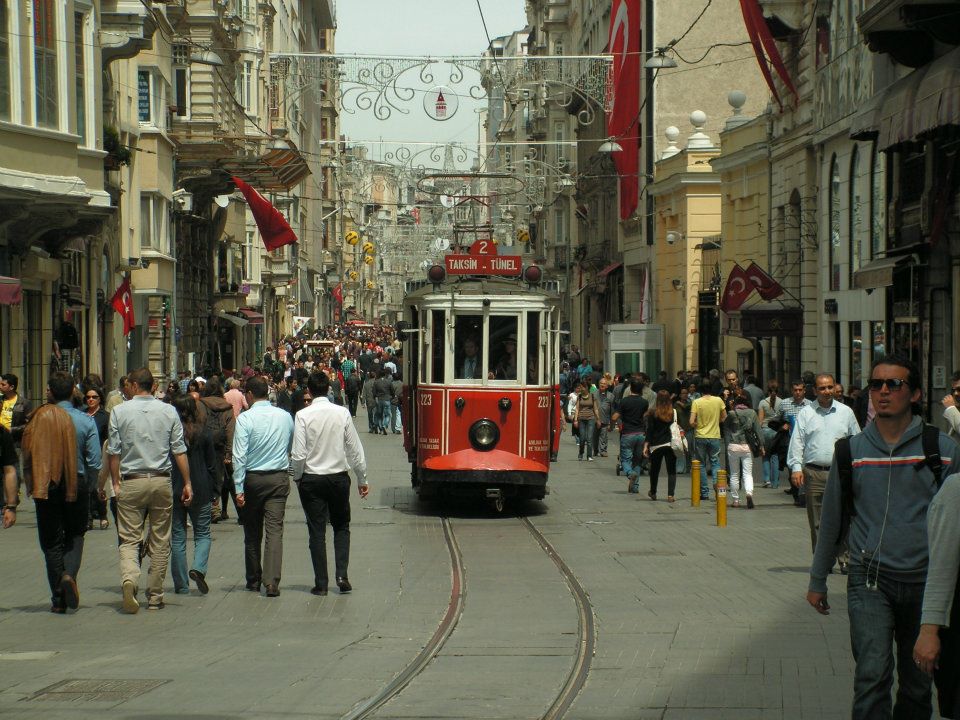
Leave a Reply